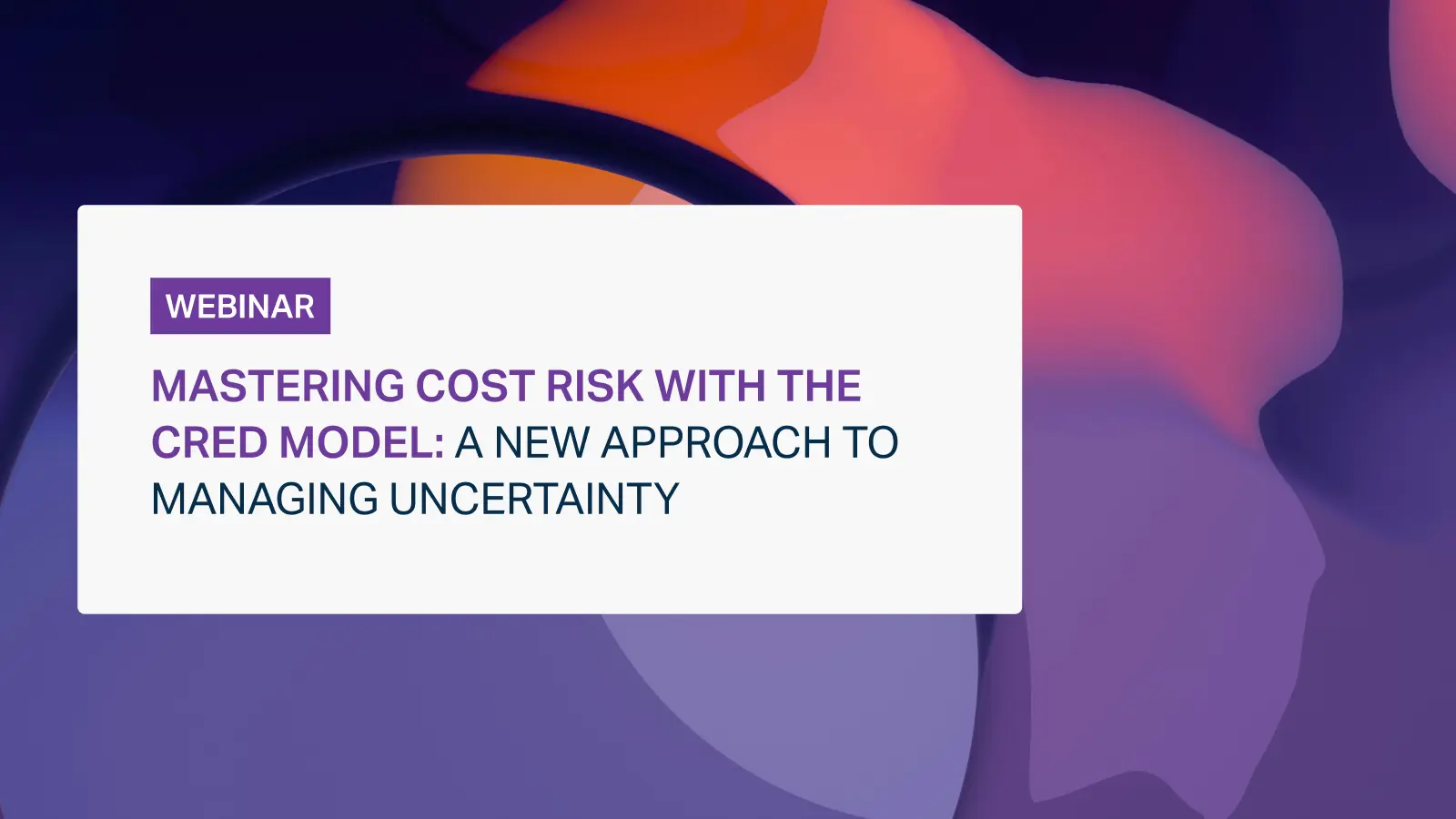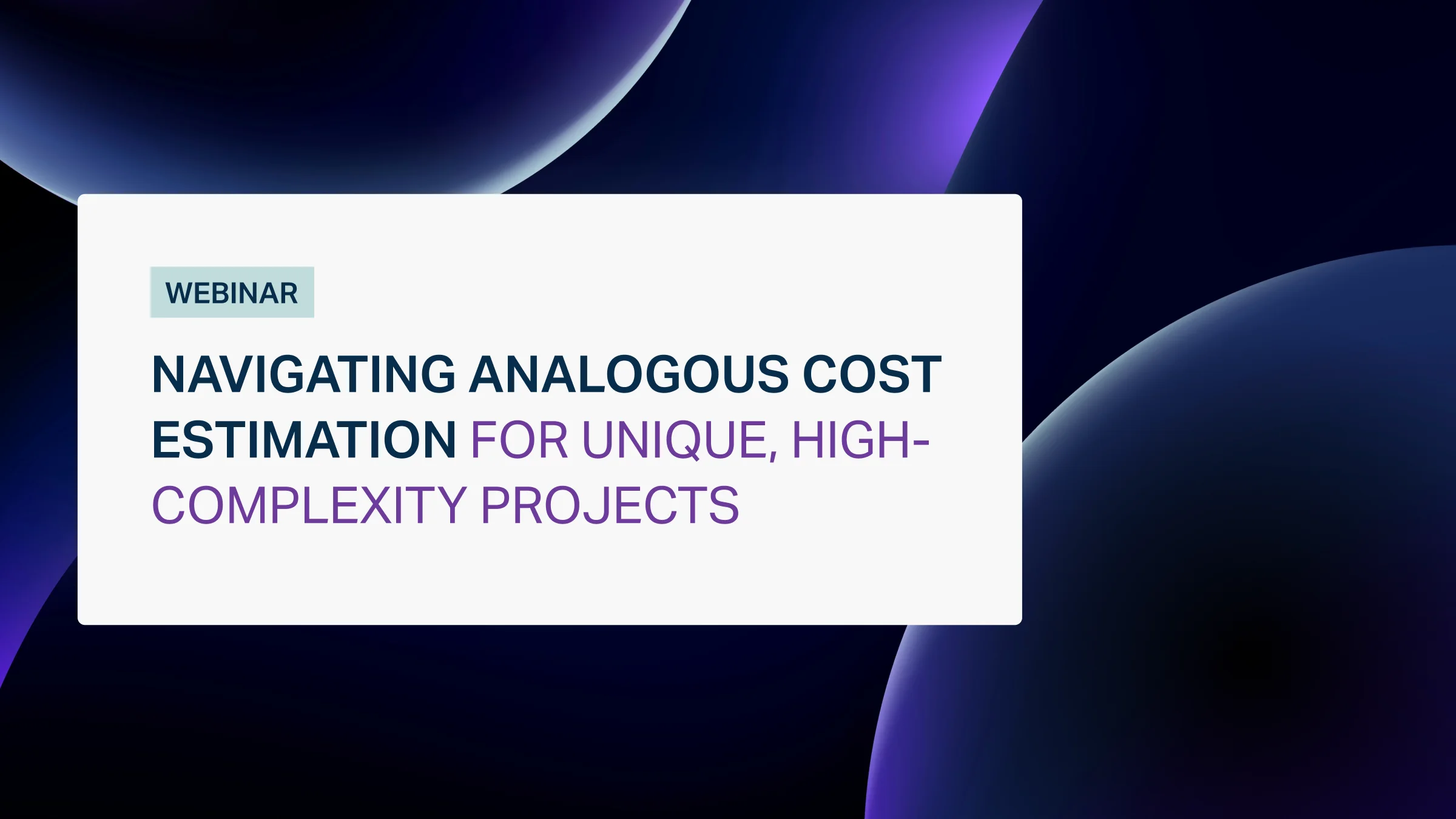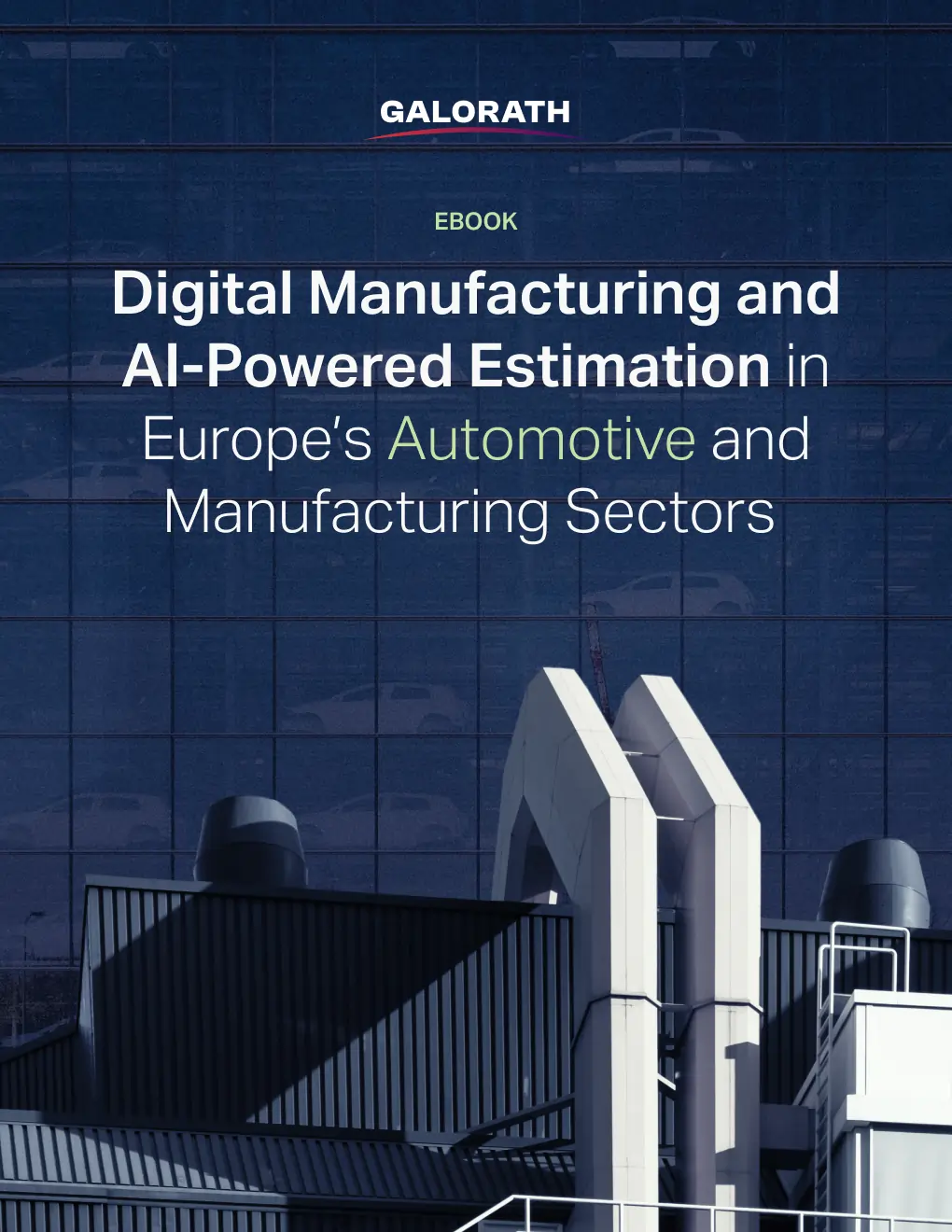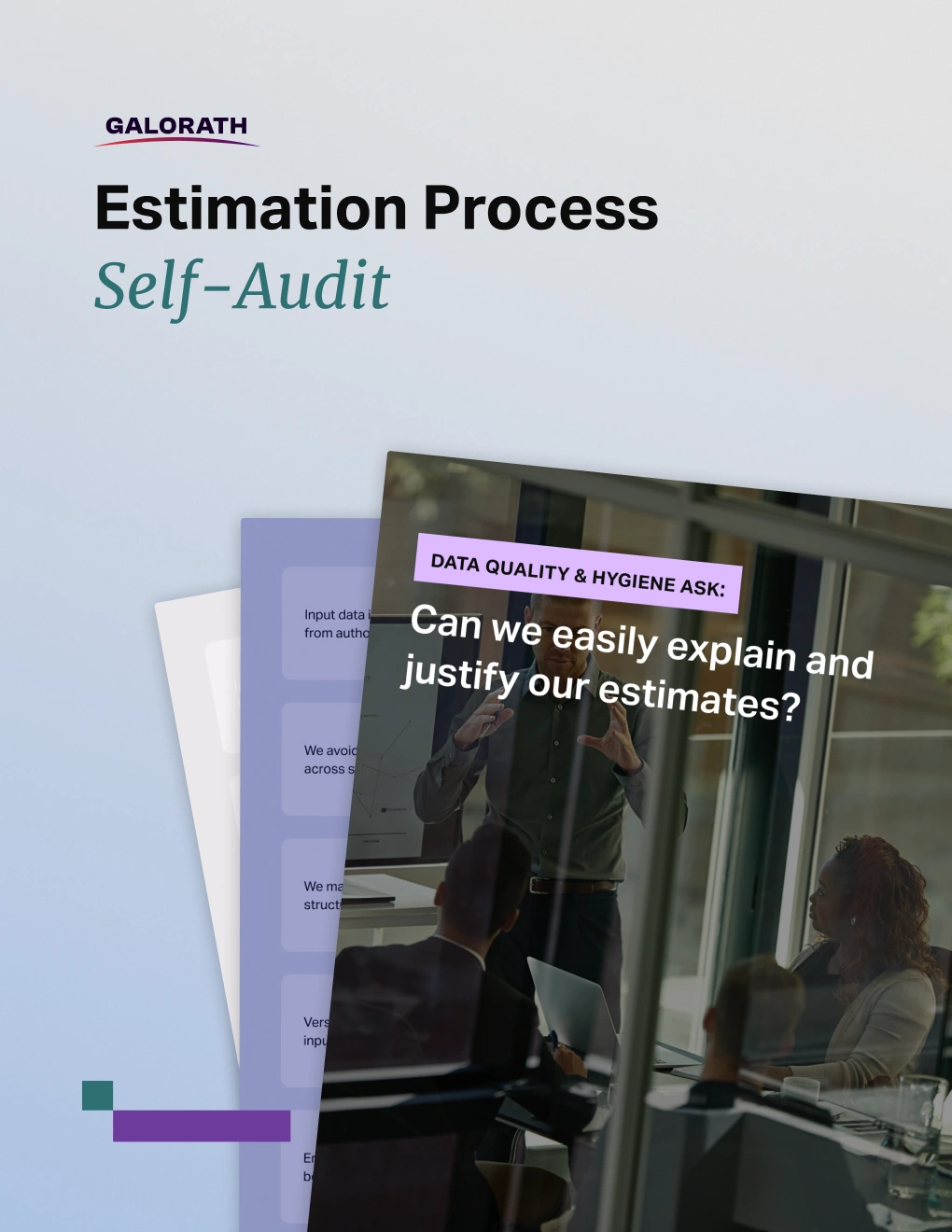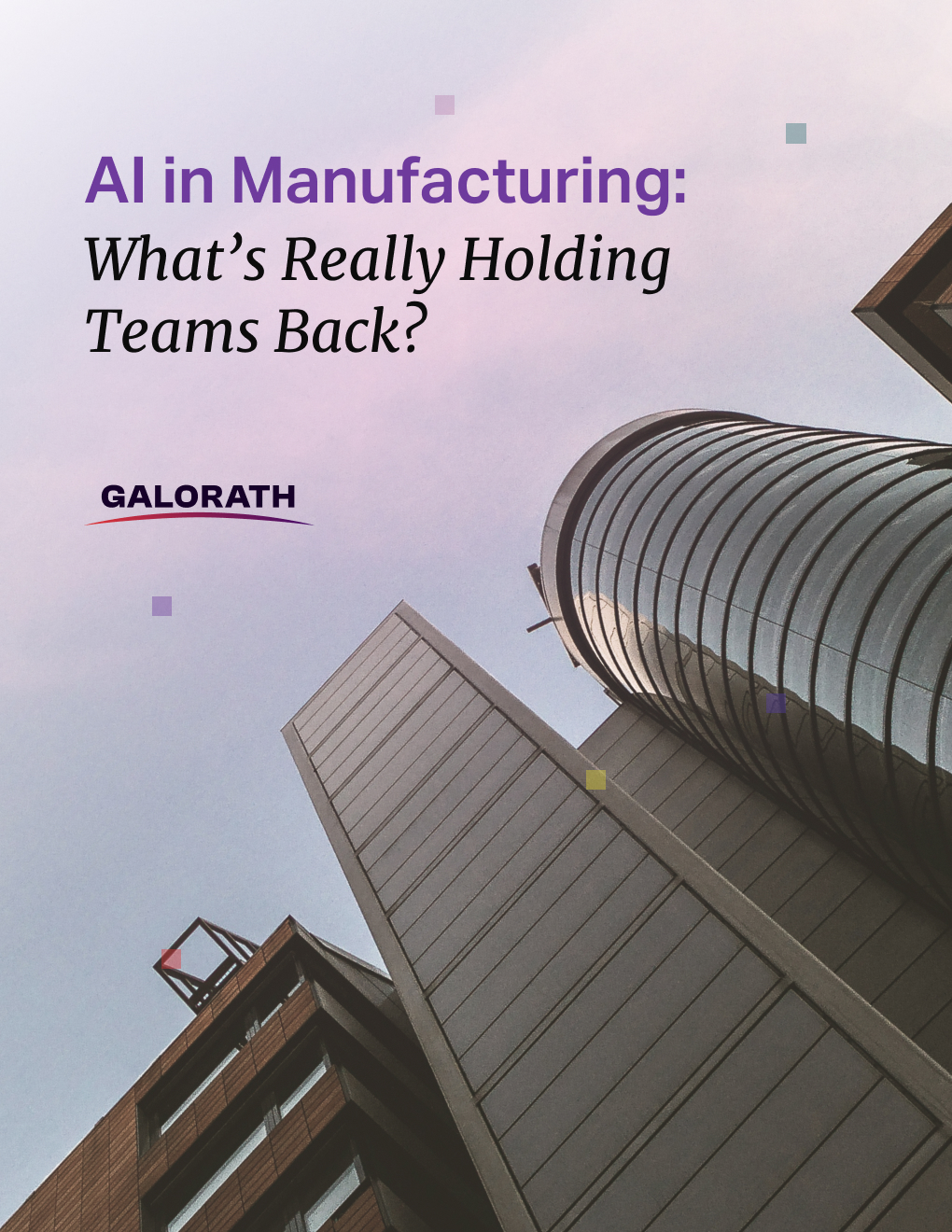Mastering Cost Risk with the CRED Model: A New Approach to Managing Uncertainty

Government agencies struggle to efficiently validate that their program cost estimates meet the rigorous standards outlined in the GAO Cost Estimating and Assessment Guide (GAO-20-195G). Manual validation processes are time-intensive, resource-heavy, and prone to inconsistency—creating bottlenecks that slow project timelines and increase the risk of audit findings. Without a streamlined approach to quality assurance, agencies face the dual burden of maintaining compliance while keeping pace with operational demands.
Agencies can strengthen estimate credibility, reduce audit risk, and improve operational efficiency by implementing systematic validation processes that align with GAO best practices without overwhelming their teams
Background
A U.S. government agency required its estimation team to demonstrate that program cost estimates met Government Accountability Office (GAO) best practices. In preparation for an audit, the agency needed a reliable way to validate that all estimates aligned with GAO-2-195G guidelines without overburdening staff or delaying ongoing project work.
GAO Audit Requirements
The GAO Cost Estimating Guide establishes rigorous standards for credibility, traceability, and documentation. Traditionally, validating a single estimate against these standards required hours of manual review by estimators and subject matter experts. This process consumed resources, introduced the risk of inconsistency, and made it difficult to embed quality assurance into day-to-day estimation workflows.
When a U.S. government agency prepared for an upcoming audit, its estimation team faced a critical challenge: demonstrate full compliance with GAO Cost Estimating and Assessment Guide standards across multiple program estimates—without grinding daily operations to a halt.
Deploying AI-Assisted Quality Checks
Galorath implemented an AI-assisted automated GAO compliance validation workflow that transformed estimate quality assurance from a manual bottleneck into a streamlined, repeatable process. This approach enabled the team to validate estimates against all GAO best practice criteria efficiently while maintaining the rigor required for audit readiness. The steps for implementing a streamlined process were:
- Automated Compliance Checking: Rather than manually cross-referencing each estimate against GAO-20-195G requirements, the agency deployed a structured validation tool that systematically assessed estimates against all four characteristics of a high-quality estimate: comprehensive, well-documented, accurate, and credible.
The system flagged gaps in real-time, allowing estimators to address issues during development rather than discovering them during audit preparation. - Standardized Documentation Templates: The agency created pre-built templates aligned with GAO documentation standards, ensuring consistency across all program estimates. These templates captured essential elements—data sources, methodology justifications, risk analyses, and assumption tracking—in formats that auditors expect to see, eliminating the guesswork from compliance.
- Embedded Quality Gates: Instead of treating validation as a final checkpoint, the agency integrated compliance checks throughout the estimation workflow. Estimators received immediate feedback on documentation completeness, methodology alignment, and traceability requirements as they built their estimates, preventing costly rework later in the process.
- Historical Data Repository: The agency established a repository to store historical data, used for benchmarking and making analogous estimates. This system allows real-time verification of estimates against past results, as required by GAO.
- Audit Trail Automation: The solution automatically generated comprehensive audit trails linking every estimate input to its source data, assumptions to their justifications, and methodologies to their documented rationale. What previously required hours of manual compilation became instantly available for audit review.
- Team Training and Knowledge Transfer The agency paired the technical solution with targeted training that helped estimators understand not just what GAO required, but why each standard mattered. This elevated the team’s capability to produce audit-ready estimates as a core competency rather than a compliance burden.
- Automated Results: The AI generated a quality checklist for every estimate with a simple traffic-light system: Red – Fail, Yellow – Requires expert review, Green – Pass. Each flagged item was linked to a source reference, such as filename and page number, to ensure traceability. A subject matter expert reviewed AI results before final submission, maintaining human oversight while streamlining the quality check process.
Results: Audit Readiness and Efficiency
The AI-enabled workflow delivered measurable benefits:
- Focused reviews: Auditors and SMEs concentrated on discrepancies, leveraging data-driven insights instead of exhaustive manual checks.
- Responsible automation: Human-in-the-loop oversight ensured trustworthy and secure use of AI in a sensitive environment.
- Customized integration: The workflow was configured to meet agency-specific requirements and security standards, embedding GAO compliance directly into the estimation process.
By integrating AI quality checks into its estimation practices, the agency accelerated audit preparation, reduced manual workload, and increased confidence in the defensibility of its estimates.
